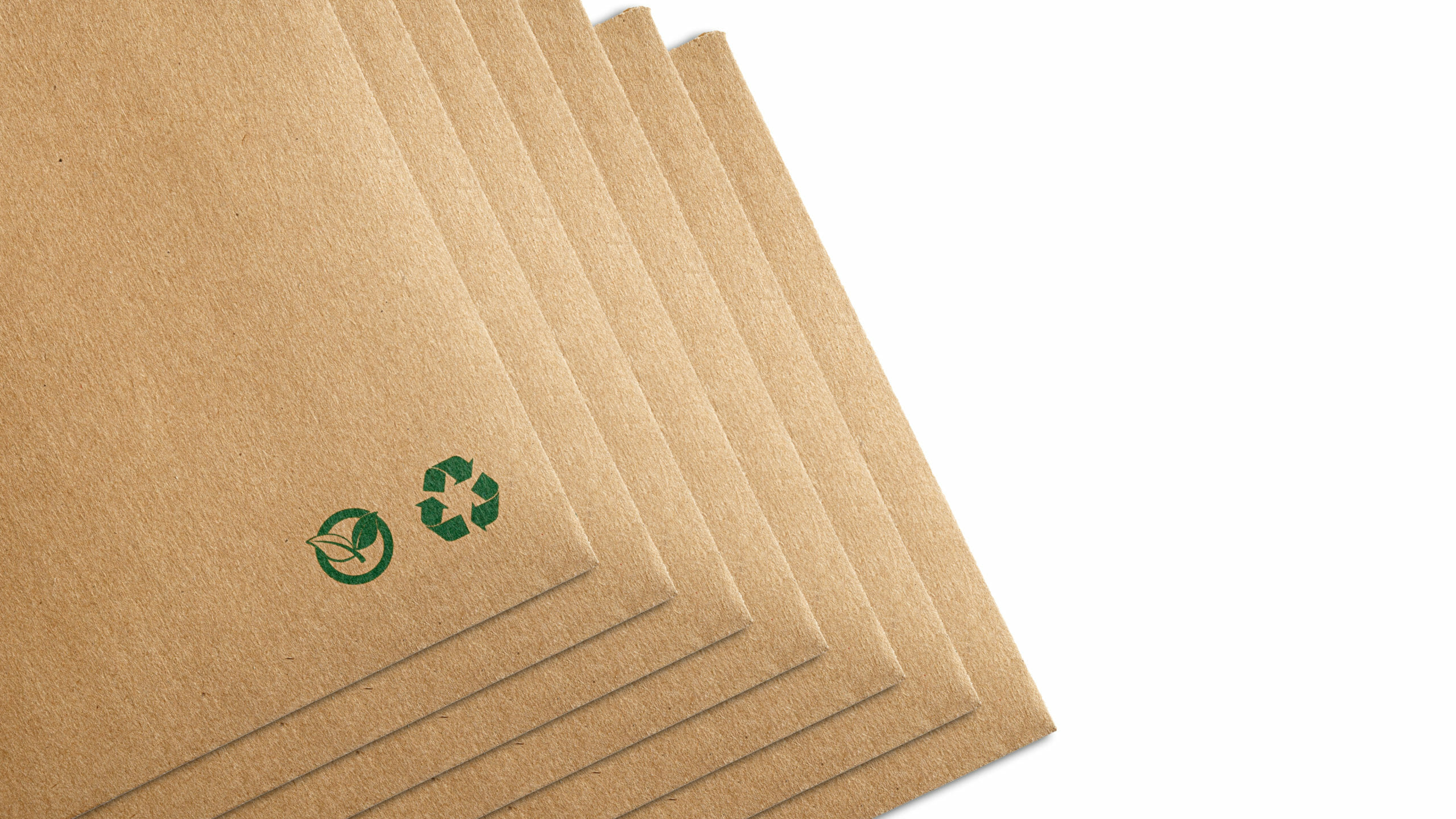
Public Opinion Shifting on Paper Packaging
Paper Packaging Preferred
As the pandemic has seen huge numbers of physical stores closing and the prevalence of online shopping spike, consumers are becoming more conscious of the materials their packages are being delivered in. A US study has shown that a majority of consumers now actually believe paper packaging is a superior packaging material to plastic.
The new study by Toluna, commissioned by Two Sides North America, had participants rank packaging materials based on 15 environmental, aesthetic and practical aspects. Paper/cardboard packaging was preferred over plastic in 10 out of 15 categories, with over 50% of participants reporting they believe paper to be better for the environment. The environmentally friendly attributes of paper/cardboard that make it preferable to plastic included ease of recycling (44%) composability (65%).
Glass packaging also outperformed plastic; participants reported they preferred the aesthetics (39%), reusability (39%) and superior protection (35%) that glass packaging offers, and that it is better for brand image (38%). Even metal outperformed plastic in several categories, including for strength and robustness (45%).
Plastic was not the preferred material for any of the 15 categories, though it did place second in six of them.
Consumers Demand Action from Manufacturers and Retailers
The study revealed that 49% of participants would actively purchase more from brands and retailers that cut out plastic from their product packaging, and that 39% consider avoiding retailers not actively seeking to increase the recyclability of their packaging.
Kathi Rowzie, the President of Two Sides North America, said, “It’s important for consumers to understand that just because packaging is recyclable does not mean it actually gets recycled… Around 66% of all paper and paper-based packaging and nearly 89% of corrugated cardboard gets recycled into new products in the US. These high recycling rates and expected increases are due to the paper industry’s already completed and continuing investment in recycling infrastructure, which between 2019 and 2023 will exceed $4 billion. In comparison, the US Environmental Protection reports that plastics, glass and metals are recycled at just 9%, 25% and 34% respectively.”
Circular Economy
The environmental impact of single-use packaging has been at the centre of the conversation as governments, businesses and consumers all strive to find ways of helping bring about a shift in the global economy towards a circular economic model.
We have seen the damage done particularly to our oceans by plastic pollution; hundreds of millions of tonnes of plastic currently pollute our oceans, and millions of marine animals and seabirds are killed by it every year.
Rowzie explains, “As the call for the circularity of product lifecycles grows louder, paper has always had the head start… And the industry’s strong support and investment in recycling has transformed the circularity of paper packaging from a vision to reality. At a time when there is growing alarm about the low recycled rates of other packaging materials, paper recycling is a striking exception.”
JBX PaperPak
At JBX PaperPak, we are delighted to see that consumers are now favouring paper packaging to plastic for the environmental benefits. We are great supporters of the circular economic vision, and our entire business model is built on its principles.
We look forward to the day that all packaging is made using sustainable materials that are recyclable and do not cause harm to the environment. That is why all of our products and packaging are 100% recyclable, compostable and biodegradable, and 100% plastic free; all of our materials are sourced from our local supply partners to minimise our carbon footprint while maintaining full control over the quality of our products.
Share this article
Related articles for you
New Legislation Banning Single-Use Plastics
€1,000 JBX PaperPak Christmas Giveaway!
Halloween Deserves Paper Straws!
Big Businesses Shift Towards Corporate Sustainability
China’s Toxic Straw Exports
Single-Use Plastic Straws Are Now Illegal
Subscribe To Our Newsletter
To keep you up date to our new products and lates news
Free shipping on all orders over £200*
Subscribe To Our Newsletter
To keep you up date to our new products and lates news
Free shipping on all orders over £200*
Frequently Asked Questions
Our paper straws are made by stacking 3 plies of high-quality food grade kraft paper and putting them through a core-winding machine that applies an adhesive and rolls the straws into shape. They are then cut to size, coated in lacquer to ensure quality and are then ready to be sold.

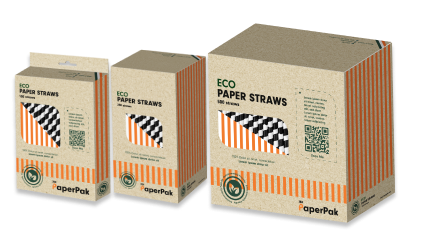
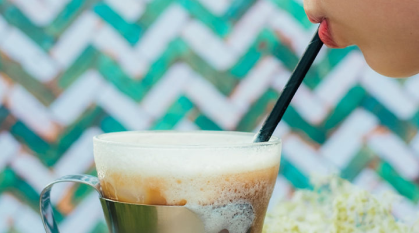
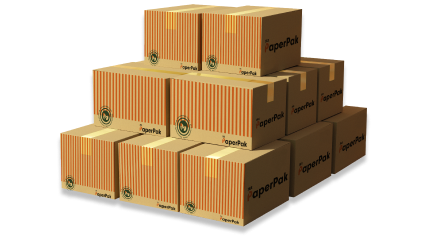
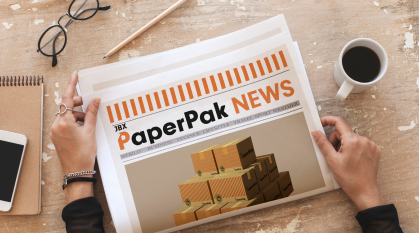
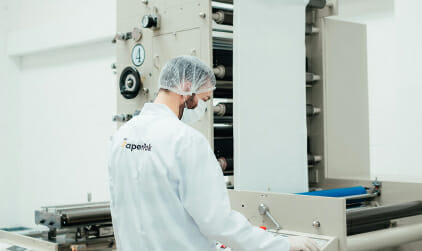
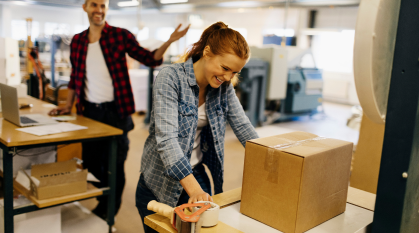
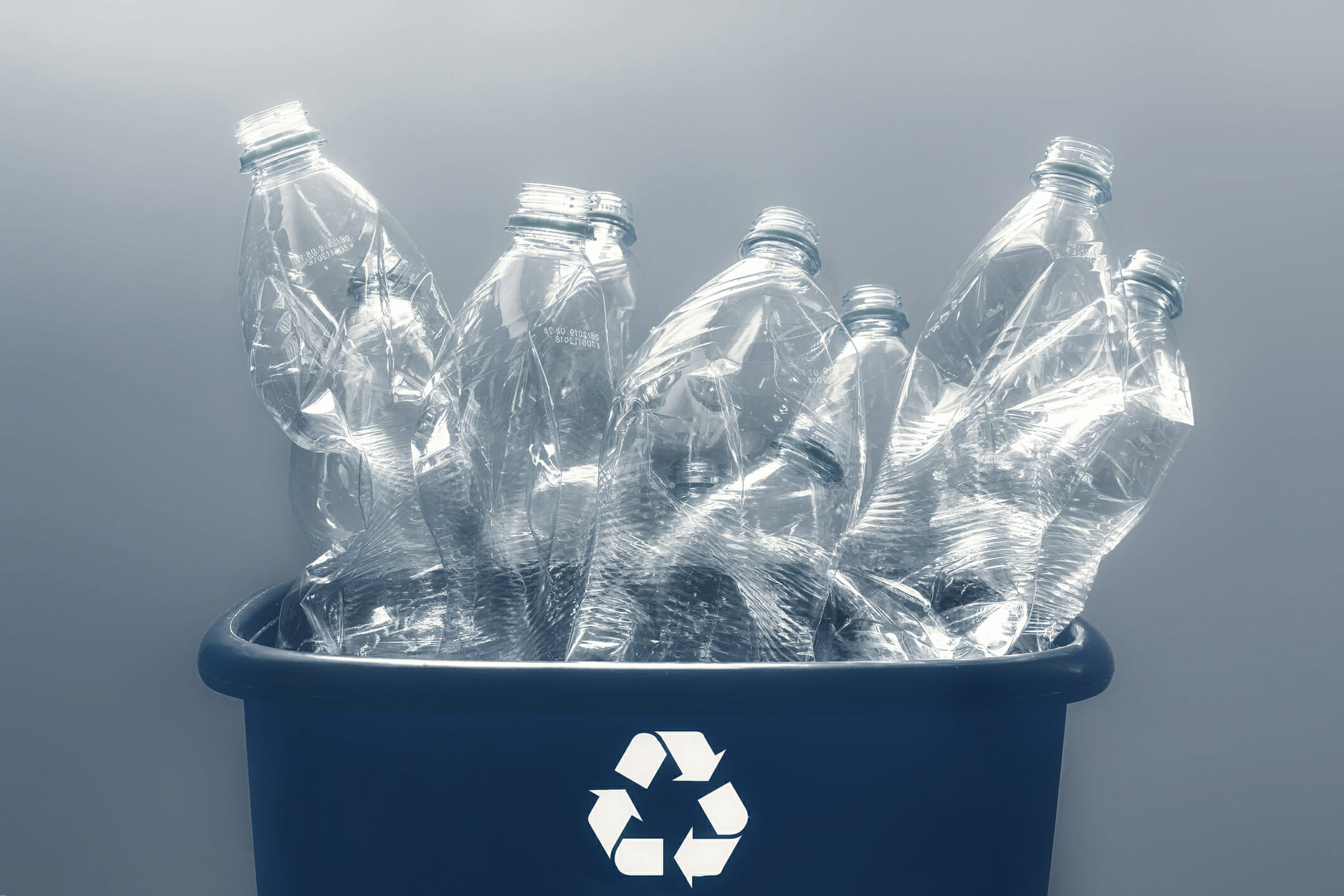
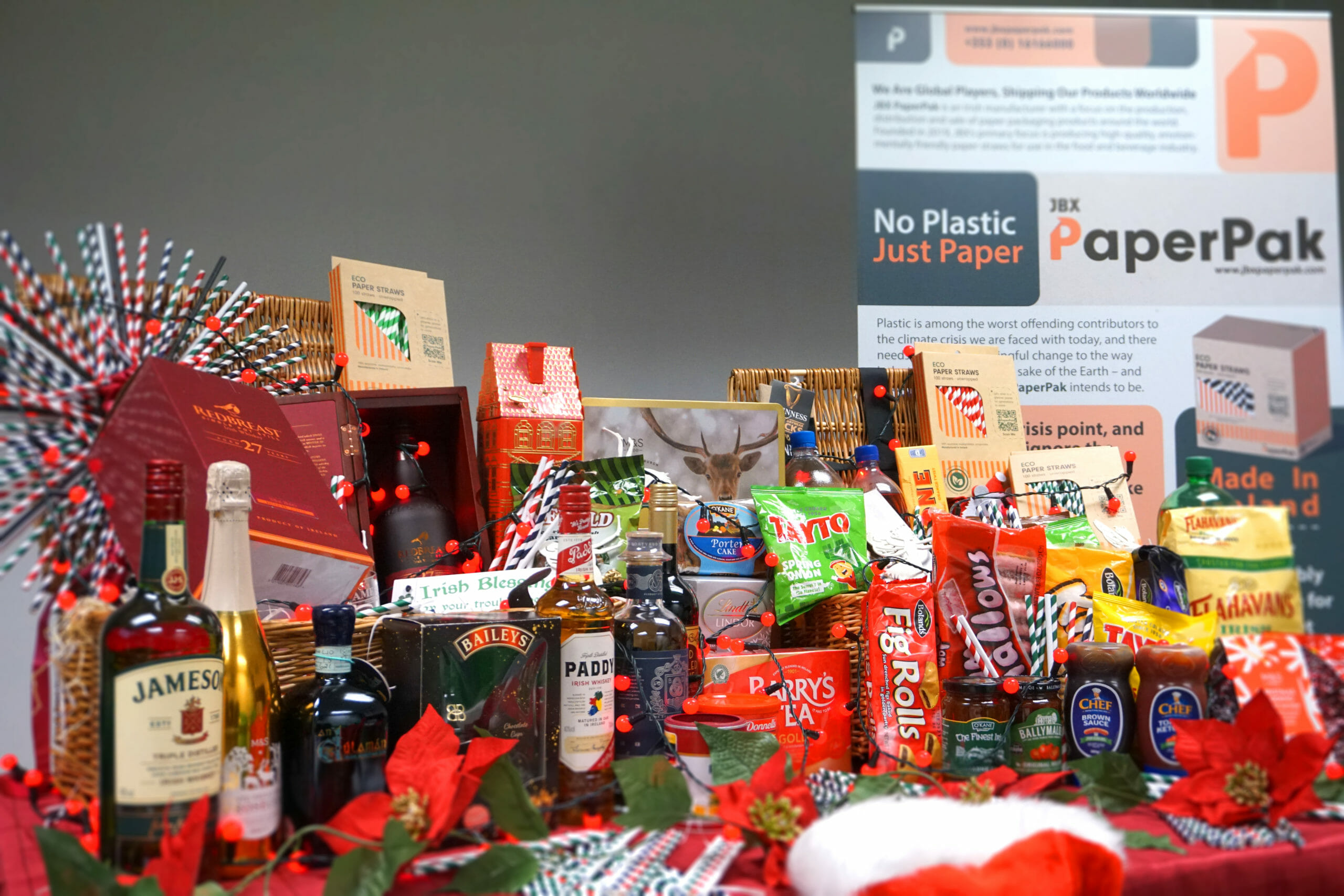
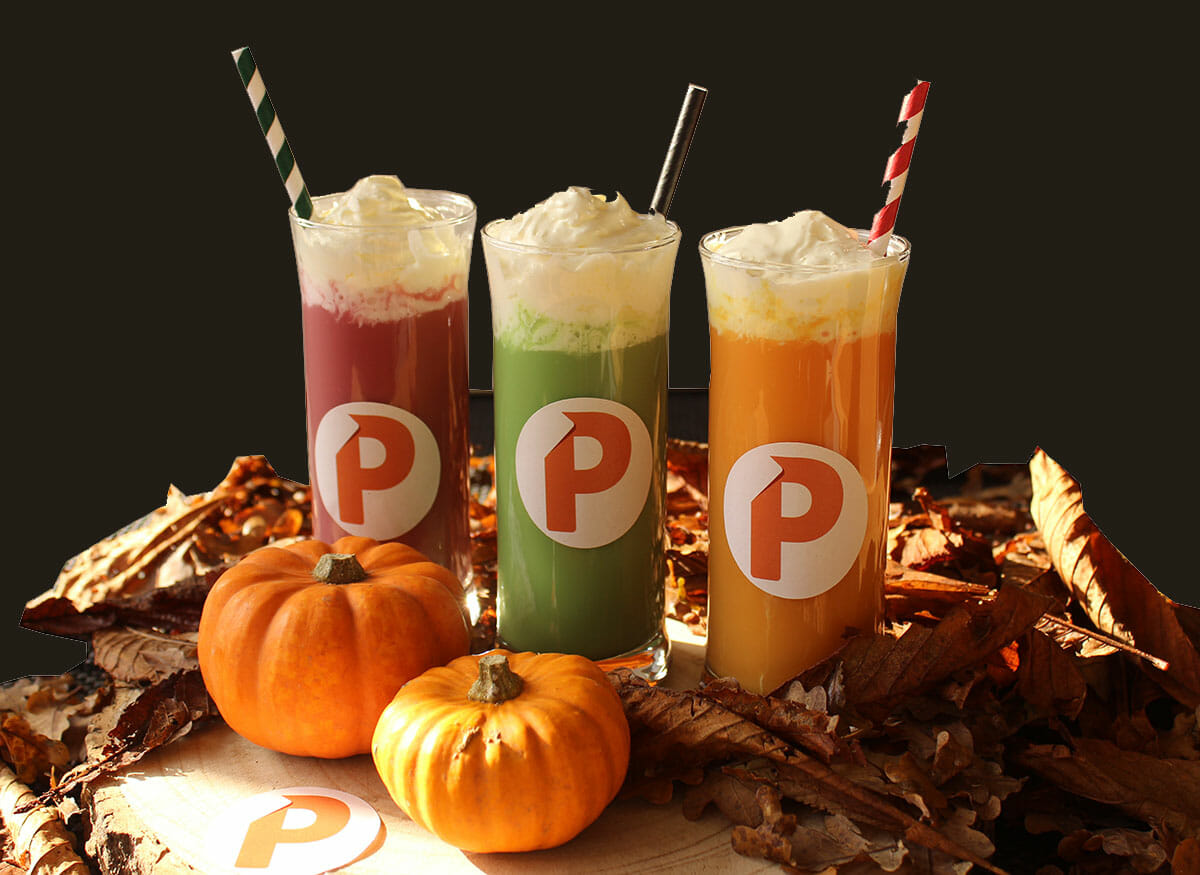

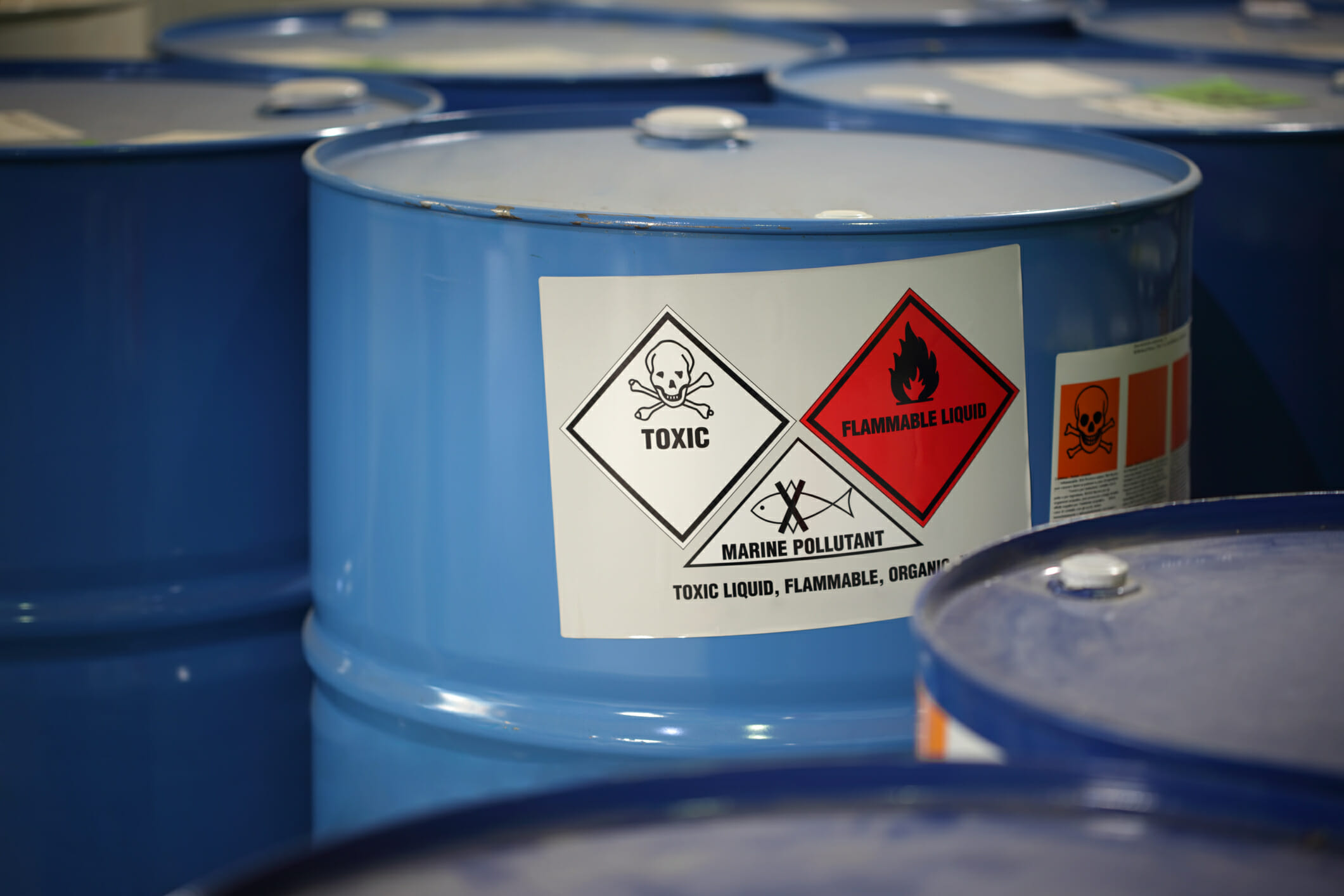
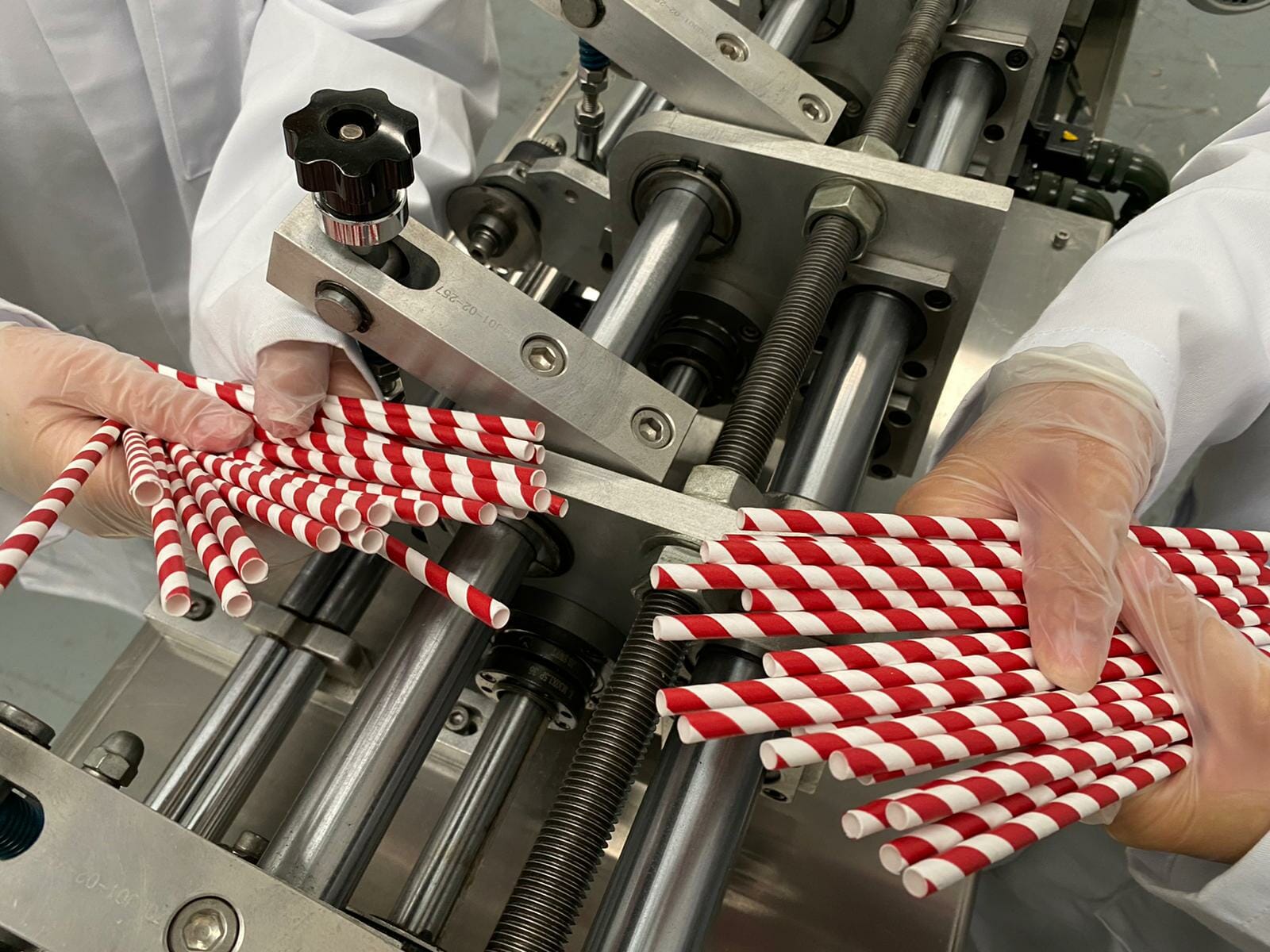

Get social